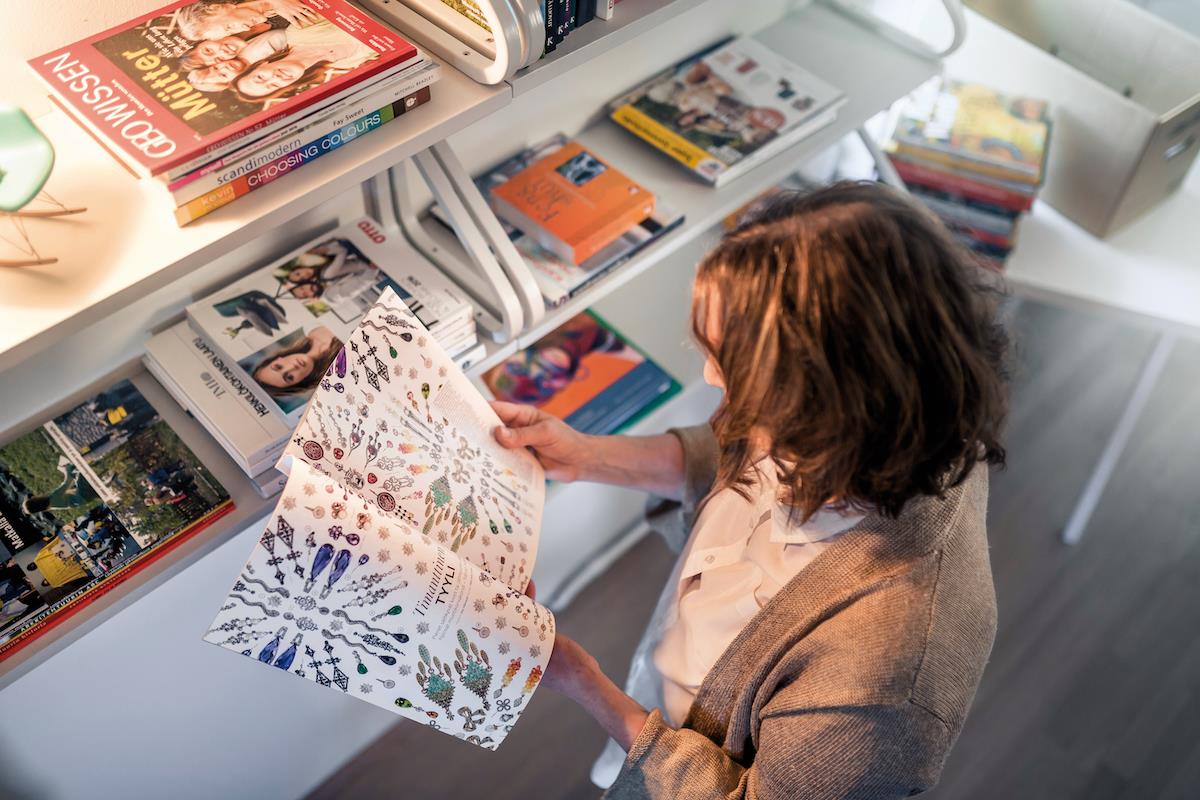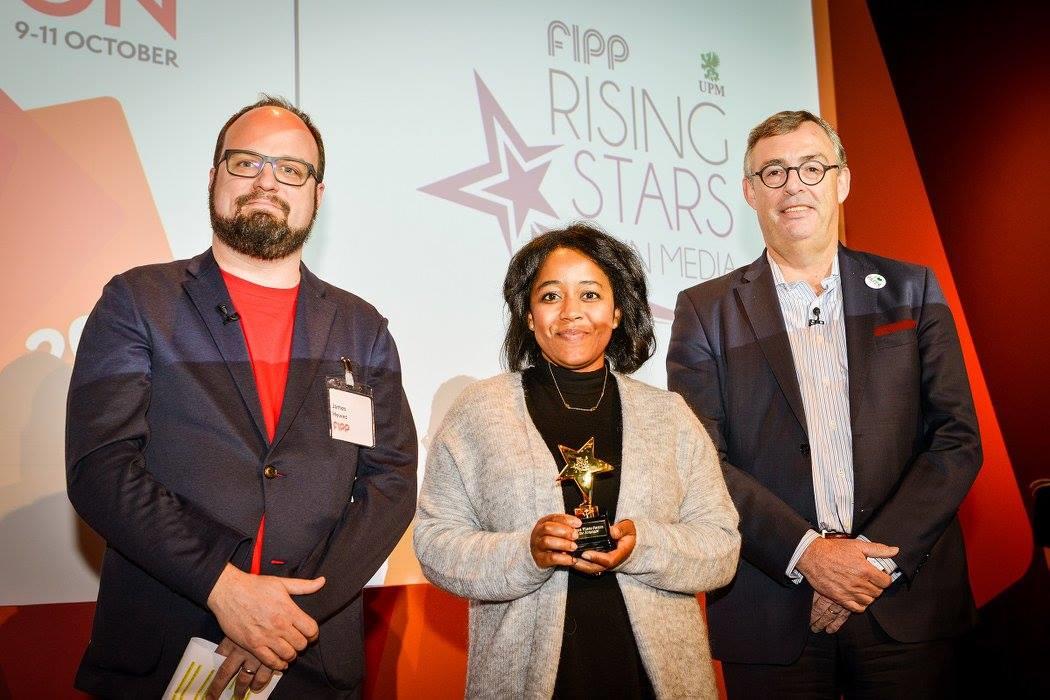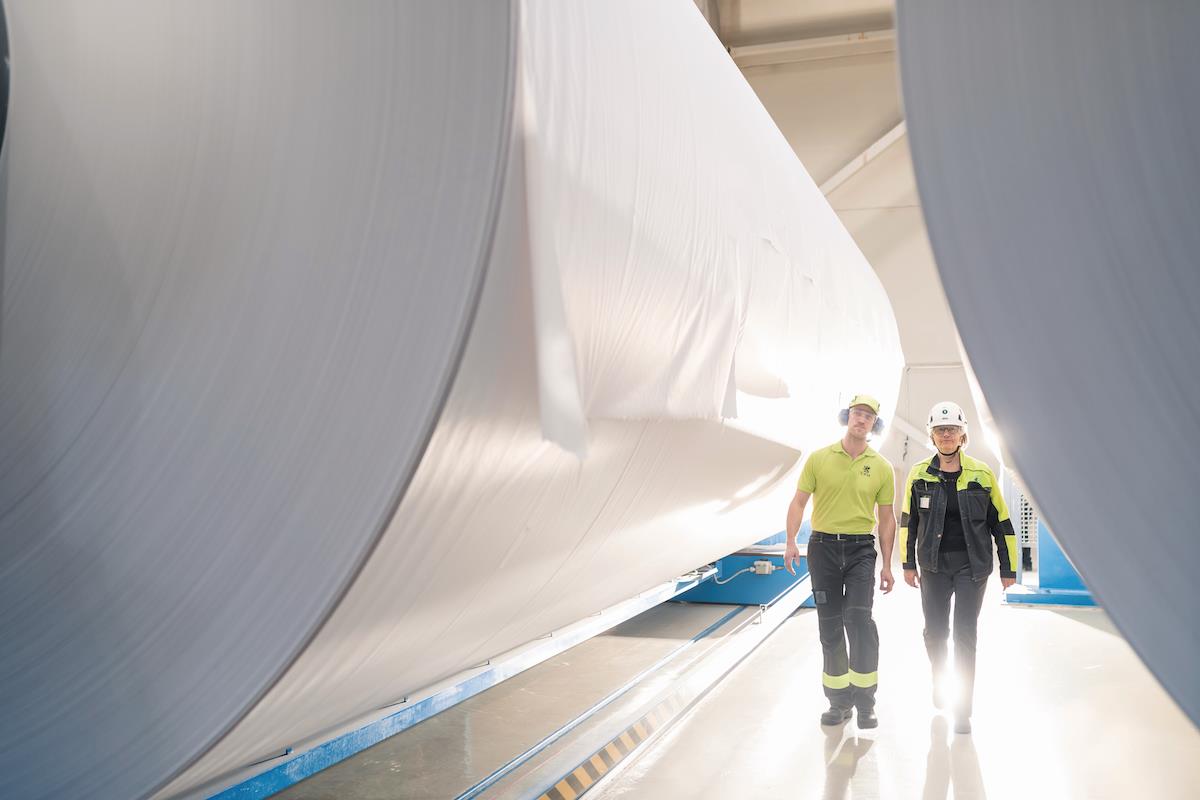How UPM and FIPP are joining forces to face the future

© UPM Communication Papers. Photo by Matti Immonen
UPM Communication Papers, one of the six business areas of UPM the Biofore Company, is a world leader in sustainable and high performance papers. Producing around 8.2 million metric tons of paper per annum and employing approximately 8,200 people worldwide, the division is headquartered in Germany, with UPM corporate headquarters in Finland. UPM Communication Papers has production plants in Finland, Germany, the United Kingdom, France, Austria and the United States. Following an extensive career in various senior roles within UPM, culminating in his appointment as senior vice president of UPM Communication Papers’ strategic business unit magazines, merchants and office paper, Ruud van den Berg is perfectly positioned to observe and interpret trends in the paper supply and publishing industry worldwide.
Van den Berg says despite acknowledging that digitalisation in the publishing business continues to grow and that the demand for paper has been in a steady decline for more than 10 years now, “the beating heart of UPM as a company remains paper production because we are committed to brand owners and magazine publishers. We see ourselves as a partner to their brands.”
A commitment to the future of print
This commitment has materialised in the recent signing of a strategic brand partnership agreement running through 2018 and 2019, including the 42nd FIPP World Media Congress taking place in Las Vegas in November 2019.
“Magazine publishers have always been and will remain very important customers to UPM,” says van den Berg. He references the historical ties between UPM, who has been sponsoring the FIPP Rising Stars in Media awards for over three years now, and FIPP, who represents magazine brands all over the world. “By partnering with FIPP, UPM commits to the future of print and its effective coexistence with digital media.”

From left, FIPP president and CEO James Hewes; The Economist’s Yanna Wilson-Fischer, one of the four Rising Stars in Media winners in 2017; Ruud Van den Berg, senior vice president of UPM Communication Papers’ strategic business unit magazines, merchants and office.
It is important for UPM, says van den Berg, that magazine publishers continue to focus on quality content, making printed magazines interesting for the consumer to continue buying. “Printed magazines continue to be an important medium in today’s media mix.”
That said, van den Berg is also first to acknowledge that he is fully aware that digitalisation in the magazine sphere will keep growing. “But it remains important to recognise that many magazine brand owners continue to focus on quality print products. “You will see in FIPP reports that the net number of magazines is still increasing, despite less pagination and less total circulation.”
As an attendee to last year’s bi-annual FIPP Congress in London, van den Berg says one of his main realisations was that while brand owners are fully aware that digitalisation continues, they also acknowledge the key role that print plays in their overall revenues. “This is an important element of why UPM continues to partner with magazine publishers and will continue to do so in the future.”

UPM took the centre stage during the FIPP World Congress 2017 opening dinner.
Paper – the most environmentally friendly product of the last 50 years
While UPM has an excellent track record of responsible and sustainable paper production, van den Berg says the paper industry as a whole has not always been successful in conveying this message to the consumer. This is something publishers and FIPP as a global network can assist with.
“If paper was invented today, it would be viewed as the most environmentally friendly product of the last 50 years, simply because of the efforts paper suppliers have gone to and the investments they have made to ensure its sustainability.”
In fact, UPM is recognised for its role in this. It has recently been listed for the sixth time as the forest and paper industry leader in the Dow Jones European and World Sustainability Indices and has been recognised as a Global Compact LEAD company for its strong engagement to the United Nations Global Compact, the world’s largest corporate sustainability initiative.
Van den Berg says while the industry often talks about conveying these messages, they sometimes do not get it across effectively enough for the general public to understand. “We need to communicate our sustainability message better. There is a big opportunity for UPM, together with magazine publishers, to be much more clear about what paper producers do with regards to sustainability. For example UPM plants approximately four trees per every tree that is harvested. Also, UPM is the second largest generator of biomass-based electricity in Europe, with biomass-based fuels accounting up to 69 per cent of the fuels used. For us at UPM, sustainability is in the core of everything that we do.”
Transparency is important, he says, because sustainability issues will become much more important in years to come. “Now is the time for UPM and magazine publishers to put their resources together to look at better ways to convey this message to the consumers. I believe we have the right ingredients to do this. Paper offers a great opportunity to address the global challenges of climate change as it is renewable, wood-based raw material.”

© UPM Communication Papers. Photo by Matti Immonen
World trends
While it remains clear that paper demand is continuing to decline, says van den Berg, there are still areas with great business potential. “Nobody knows when the decrease in paper demand will flatten out. Yet, when you look at trends with regards to consumers the retail segment continues to be strong. Retailers have recognised that weekly advertising needs to be on the kitchen table. It is the only way to effectively convey their weekly offering. Print advertisements continue to hold high attention values when compared to many other forms of media.”
Not surprisingly then, says van den Berg, is that they see large European retailers such as Lidl and Ikea as some of the largest paper consumers. These retailers “pay a lot of attention to ensure they produce quality catalogues”. In fact, the German global discount supermarket chain Lidl “is now the fastest growing paper consumer globally”.
With reference to the Ikea catalogue, which is distributed worldwide, van der Berg, says it is increasingly characterised by carefully curated and consumable content that distinguishes it from merely being a brochure listing products. “This is something we are witnessing across the board. Publishers have realised the importance of personalising their content and making it relevant for their key target audiences. In the case of Ikea people are keen to receive the catalogue and enjoy the content. In general, approximately 70 per cent of consumers keep sales catalogues in their homes for over a month, and as many as 34 per cent keep them for over a year. The interest to buy is generated by the print catalogue and then the customer can do the purchasing online 24/7 or visit their closest store. Customer experience and multi-channel approach is more important than ever.”
Print also continues to play an important role in forming and shaping communities. “There are a lot of small independent magazines that continue to create vibrant and strong global communities around specific topics”, says van den Berg. “Print has always brought people together”, van den Berg adds.

© UPM Communication Papers. Photo by Matti Immonen
A better haptic experience
Van den Berg warns that people tend to forget too easily what the benefits of printed products are. There have been numerous studies conducted with regards to the benefits of reading and enjoying printed products. “It is known that the physical experience of turning pages and the feeling of progressing through the book helps with reader engagement and learning. Internet readers scan highlights and scan past important facts as quickly as possible. People who feel a book, a magazine or catalogue beneath their fingers enjoy a much better haptic experience. This is why we are already seeing an increase in physical book sales again as opposed to e-books, which are on a decline.”
He references that even Amazon has opened traditional book stores again. “This is a clear signal that people enjoy reading from paper.”
More about Ruud van den Berg
 |
Ruud van den Berg is the senior vice president of UPM Communication Papers’ strategic business unit magazines, merchants and office. Ruud has thirty years of experience within the paper industry from various management and leadership positions. He originally joined UPM in 2001 to oversee Fine Paper sales in the German market. In his current role, he leads the full P/L responsibility of the global sales of all products being manufactured by UPM Communication Papers’ European and North American assets to magazine publishers, printers, brokers, merchants, OSD’s and OEM’s.
Join UPM and FIPP
Join UPM and FIPP in London on 12 December for FIPP Insider London and the FIPP and UPM Rising Stars Awards and FIPP Insight Awards – more here.
More like this
Do you have an award-winning insight campaign?
2018 Rising Stars Awards: we catch up with 2017 winner Laura Rowe, editor of Olive magazine
FIPP and UPM’s Rising Stars in Media 2018 open for entries
2018 Rising Stars Awards: we catch up with 2017 winner Joanna Abeyie
Looking for inspiration for your FIPP Insight Awards entries? Take a look at last year’s winners









